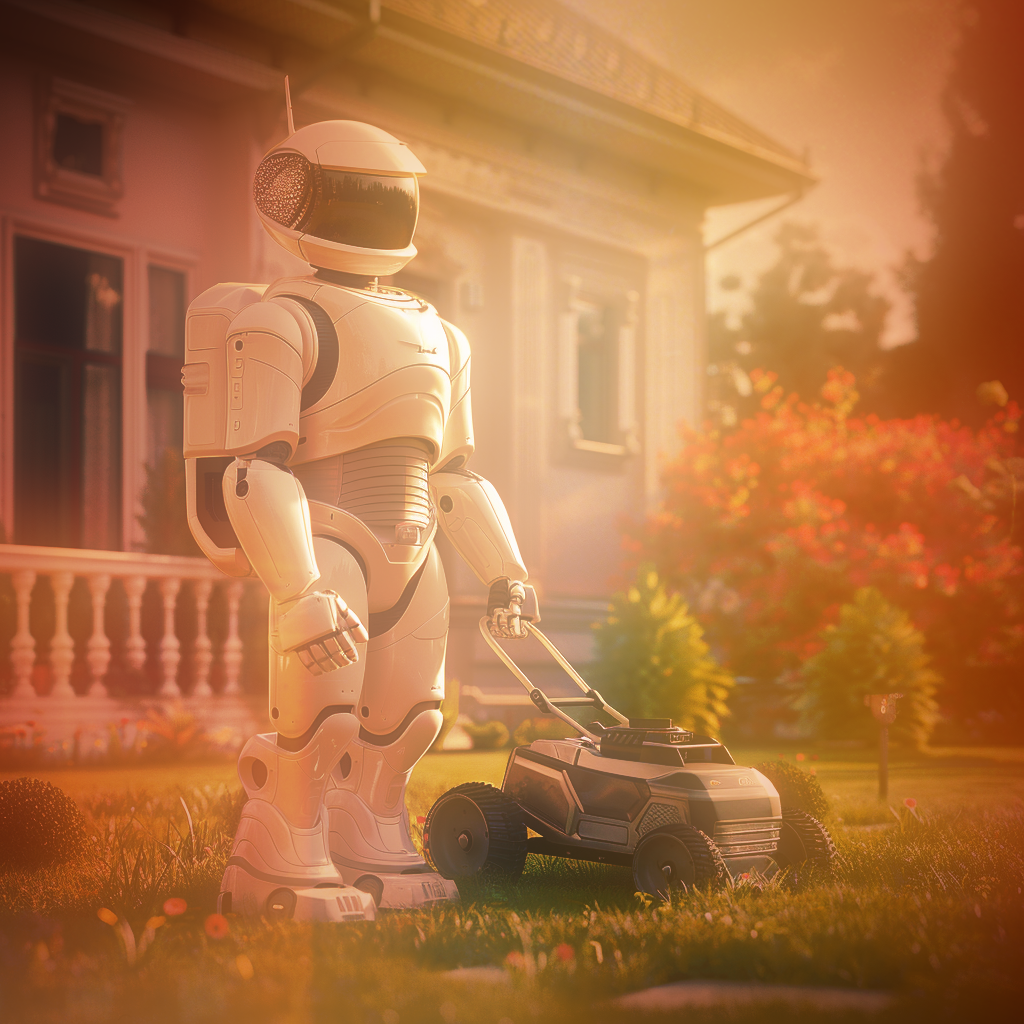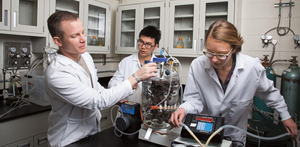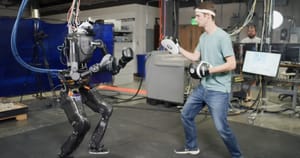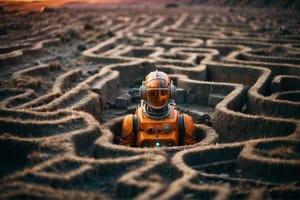Valkyrie, NASA’s groundbreaking humanoid robot designed to extend human capabilities in both space exploration and industrial applications. Valkyrie's potential positions it within the larger narrative of technological evolution.
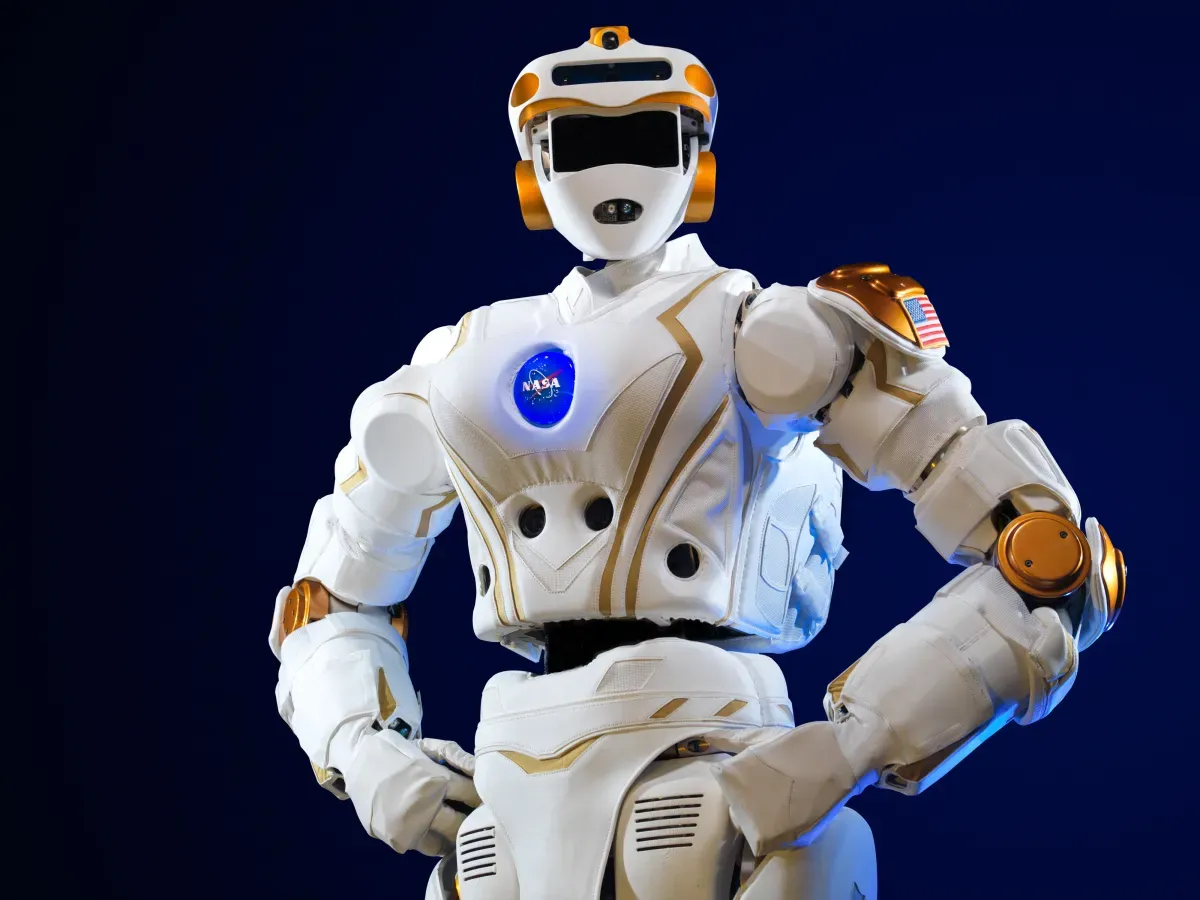
Understanding Valkyrie
Valkyrie is NASA's sophisticated humanoid robot, engineered to perform tasks in environments that are hazardous to humans.
Standing at 6 feet tall and weighing around 300 pounds, Valkyrie is an all-electric marvel with advanced dexterous hands and state-of-the-art sensors and actuators.
Technical Specs:
| Specification | Details |
|---|---|
| Height | 6 feet (1.83 meters) |
| Weight | 300 pounds (136 kg) |
| Power Source | All-electric |
| Dexterity | Advanced dexterous hands |
| Sensors | LIDAR, sonar, stereo cameras |
| Actuators | Series elastic actuators |
Imagine Iron Man but without Tony Stark inside — Valkyrie is the robotic superhero ready to save the day in real-world applications.
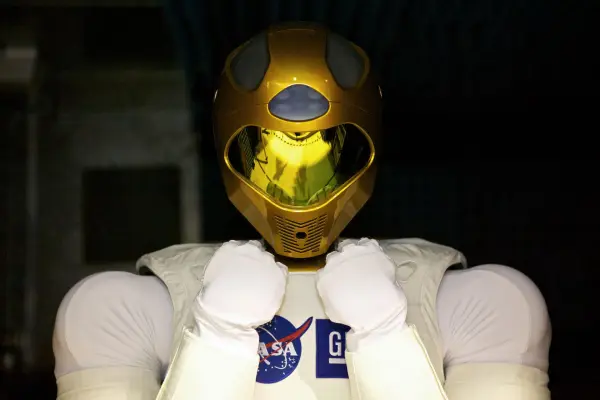
The Rationale Behind Humanoid Robots
Humanoid robots like Valkyrie are designed to operate in environments tailored for humans, making them ideal for tasks in human-centric spaces.
These robots can navigate and interact with the same tools and spaces that humans do, reducing the need for custom-designed environments.
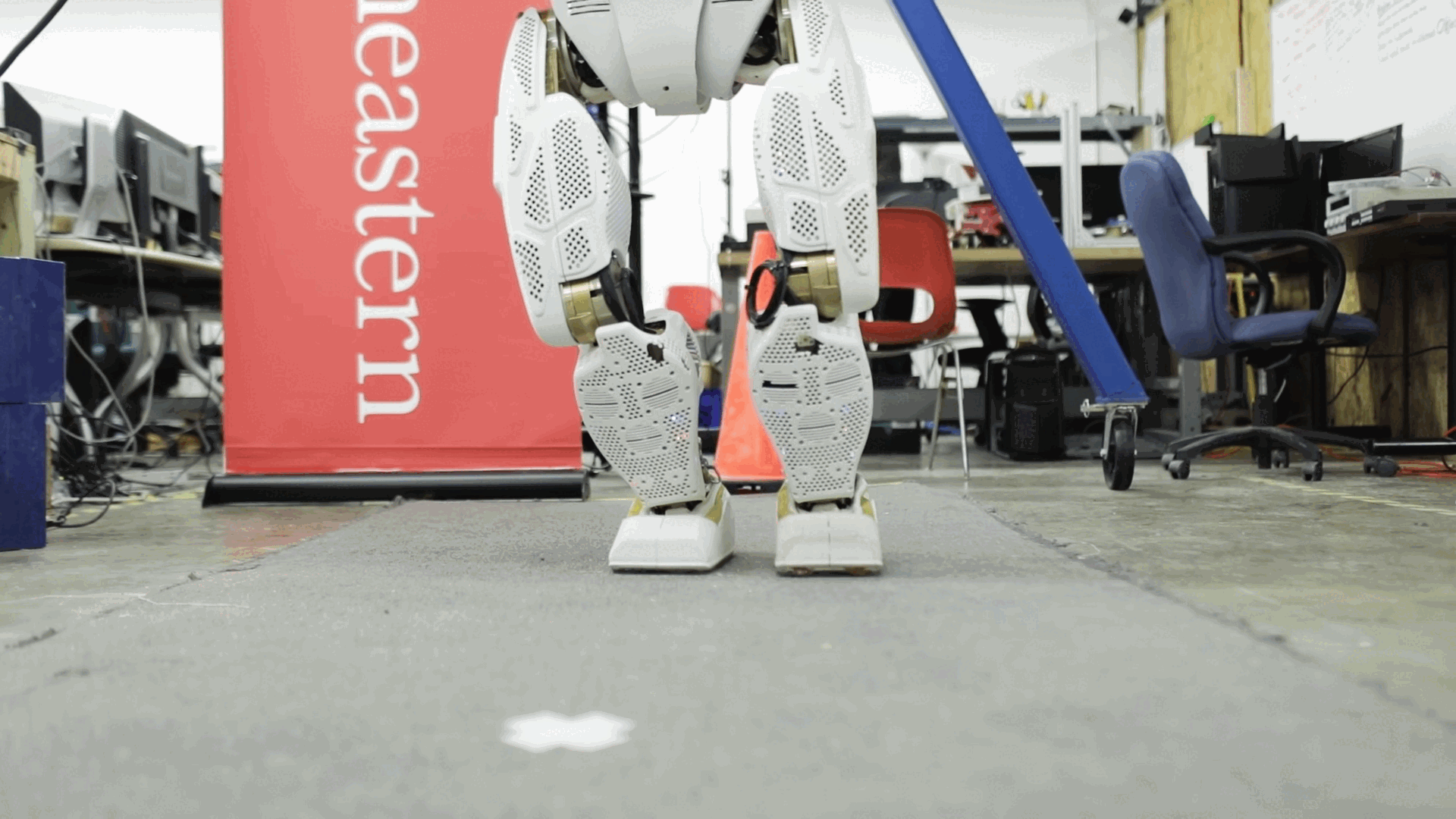
As humanity sets its sights on Mars and the Moon, humanoid robots will be crucial. They can perform essential tasks during astronaut absences, maintaining habitats and conducting experiments, ensuring that operations continue smoothly even when humans are not present.
In risky environments like offshore oil rigs, humanoid robots can handle maintenance and emergency tasks, reducing the need for human presence in hazardous conditions. Valkyrie’s design allows it to work with existing human-oriented infrastructure without significant modifications.
Valkyrie’s Development Journey
DARPA Robotics Challenge: Valkyrie's origins trace back to the DARPA Robotics Challenge, where it was developed to address disaster response needs. Built in just 12 to 18 months, Valkyrie showcased rapid innovation and adaptability.
Wanna Know More About the Challenge?
The DARPA Robotics Challenge (DRC) was a competition held from 2012 to 2015 by the US Defense Advanced Research Projects Agency (DARPA). It aimed to accelerate the development of robots that could be helpful in disaster zones. These are situations that might be too dangerous or difficult for humans, like a nuclear meltdown or a collapsed building.
Collaborations: Partnerships with institutions like IHMC (Institute for Human & Machine Cognition) have been crucial for developing Valkyrie’s advanced walking algorithms and other capabilities. These collaborations have enabled Valkyrie to learn and adapt in dynamic environments.

Evolution: From Robonaut to Valkyrie, NASA's robotics technology has evolved significantly. Key milestones include improved dexterity, enhanced sensor integration, and advanced autonomy.
Each iteration brings us closer to creating robots that can seamlessly integrate into both space missions and industrial applications.
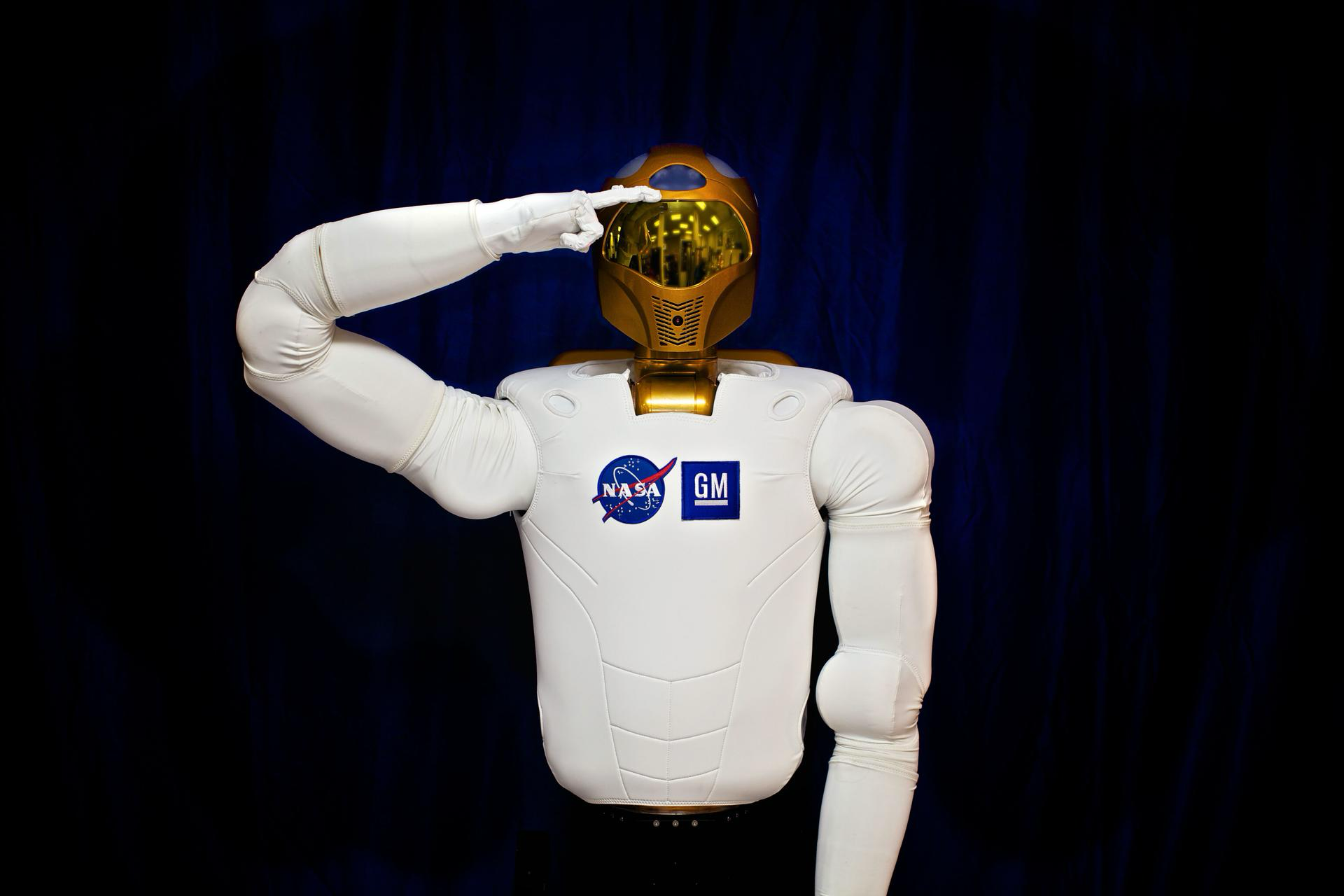
Key Technological Innovations
Valkyrie's hands and arms are designed for high precision and strength, enabling it to perform intricate tasks such as manipulating tools and objects. This capability is crucial for both space missions and industrial applications where precision is paramount.
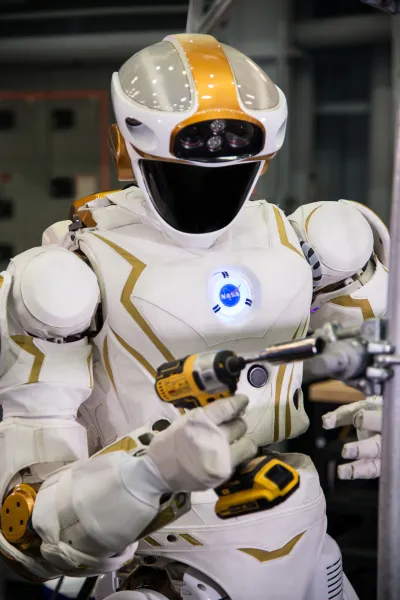
An additional project NASA is working on, a spinoff technology from Valkyrie, the Roboglove helps prevent repetitive stress injuries by enhancing human grip strength and reducing muscle fatigue.
Initially developed for space missions, this technology is now being used in industrial settings to improve worker safety and efficiency.
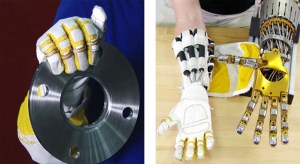
Valkyrie’s tasks are programmed through a series of behaviors, allowing it to interact with its environment in complex and adaptive ways. This programming enables Valkyrie to perform tasks autonomously while adapting to new challenges.
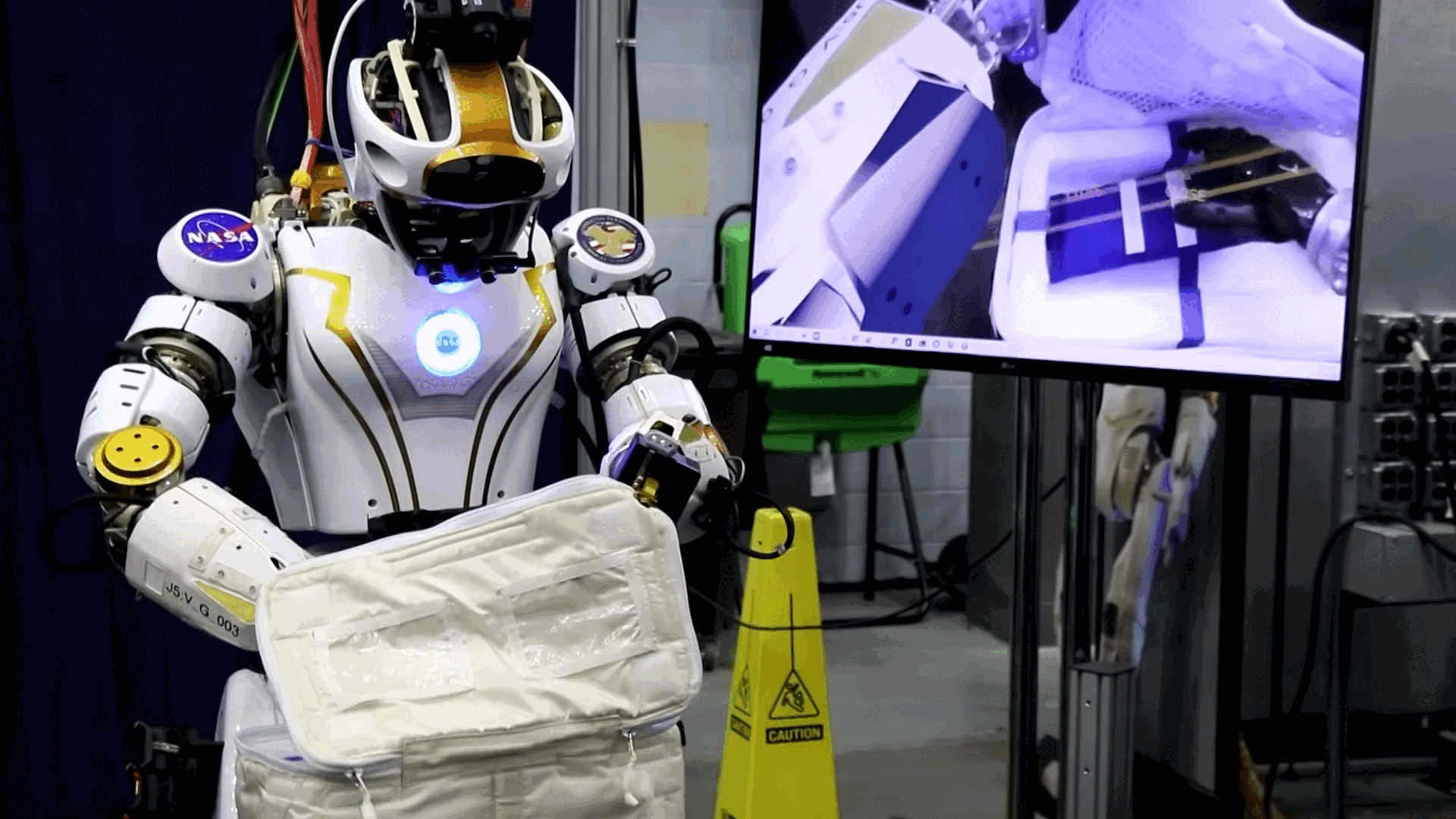
Real-World Applications and Future Prospects
In space missions, Valkyrie is poised to support lunar and Martian missions by handling logistics, performing maintenance, and ensuring the functionality of habitats. Its ability to operate autonomously in these environments will be crucial for the success of long-term space missions.
Regarding earth applications, real-world applications include a partnership with Woodside Energy to use Valkyrie in hazardous industrial environments.
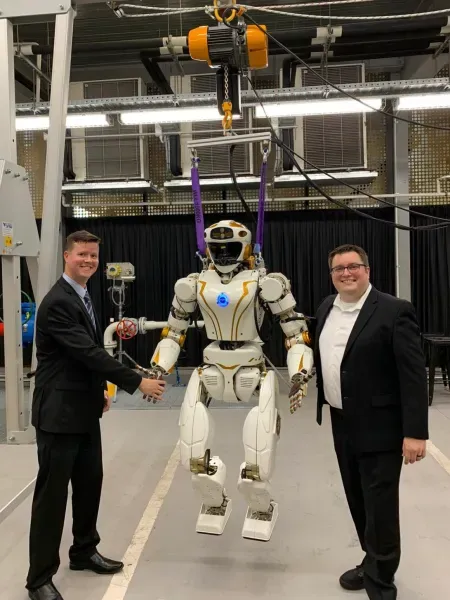
This partnership showcases Valkyrie's versatility and its potential to improve safety and efficiency in industries where human workers face significant risks.
Looking ahead to the future, Valkyrie could revolutionize various sectors. Imagine a future where humanoid robots assist with household chores, perform complex manufacturing tasks, and even provide care for the elderly. The possibilities are endless and exciting.
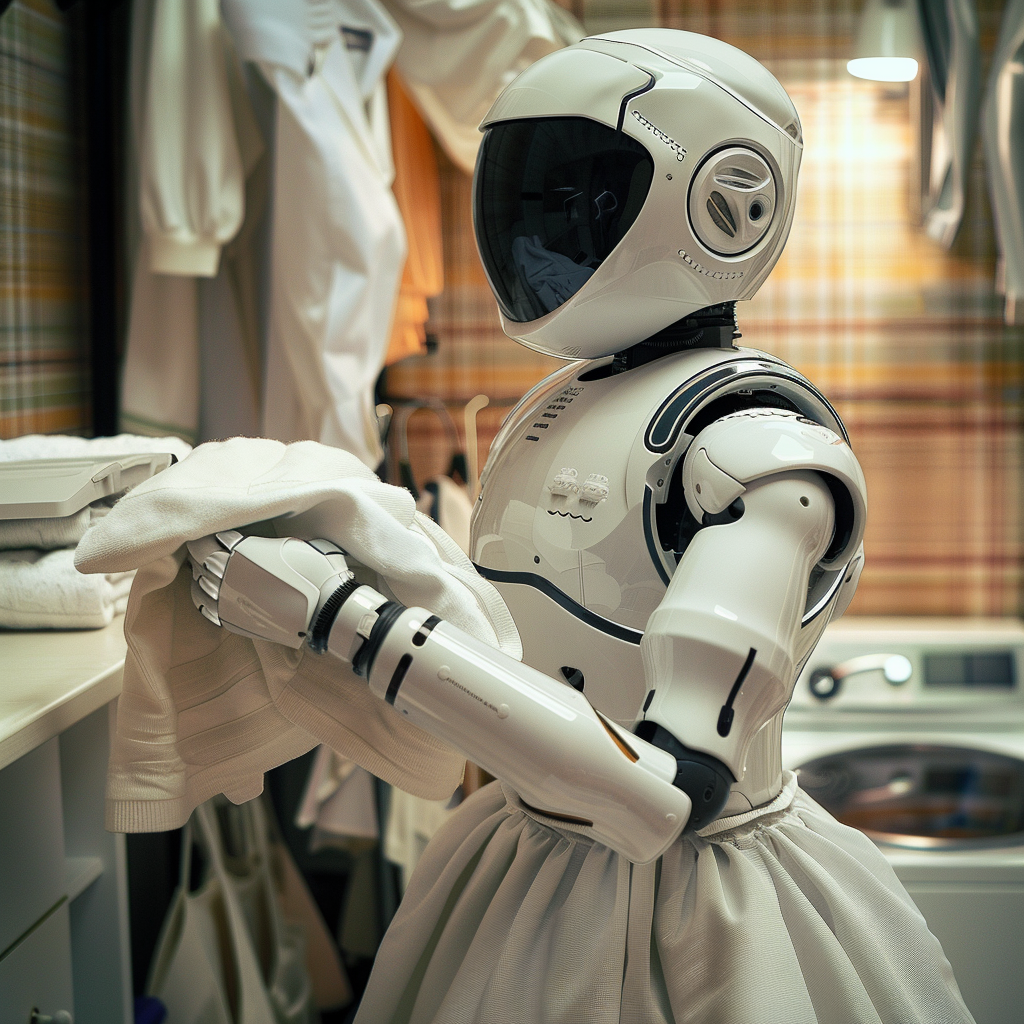
The Broader Impact of Valkyrie
Technological advancements made by NASA in creating Valkyrie represents a leap forward in robotics technology, pushing the boundaries of what humanoid robots can achieve. Its development has driven innovations in sensor technology, artificial intelligence, and autonomous systems.
NASA's innovations often trickle down to commercial products, benefiting various industries and everyday life. Valkyrie’s technology has the potential to influence a wide range of fields, from healthcare to manufacturing, bringing advanced robotics into mainstream use.
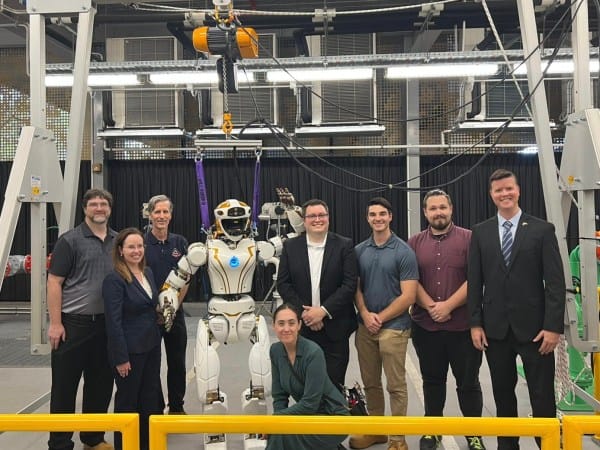
Projects like Valkyrie display inspiring innovation; they inspire the next generation of engineers and scientists to pursue advancements in robotics and technology. By pushing the boundaries of what is possible, Valkyrie encourages us to think creatively and innovate boldly.
Valkyrie is not just a robot; it's a testament to human ingenuity and the potential of robotics to transform our world.
From space missions to industrial applications, Valkyrie represents a significant step forward in the development of advanced humanoid robots.
Who knows? In a few years, we might all have our own Valkyrie taking out the trash and mowing the lawn, on Mars!
